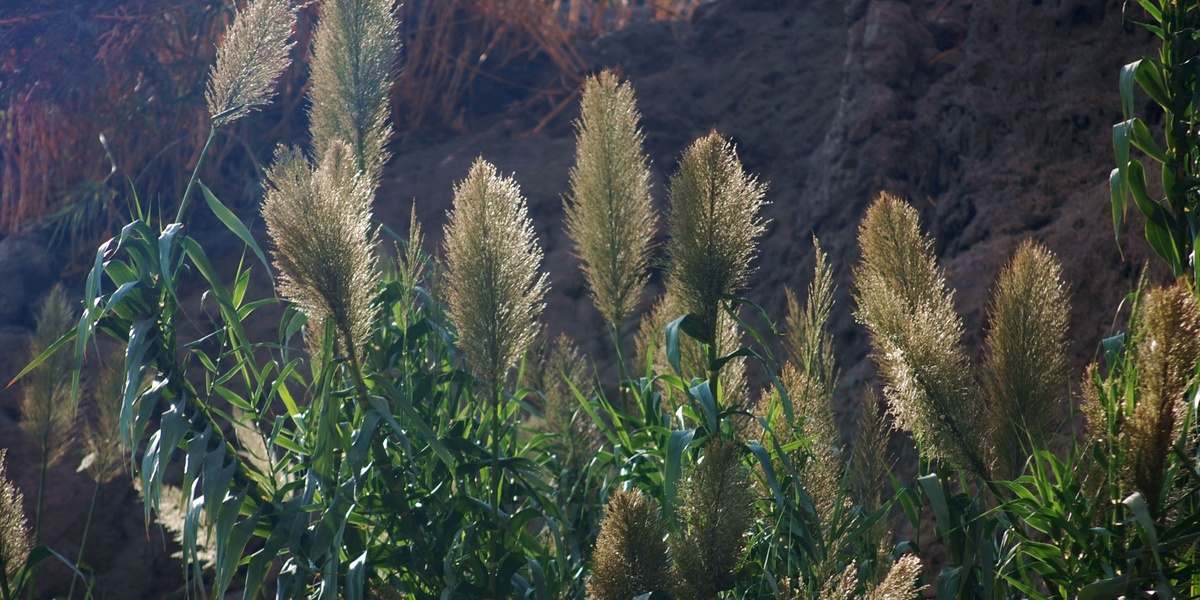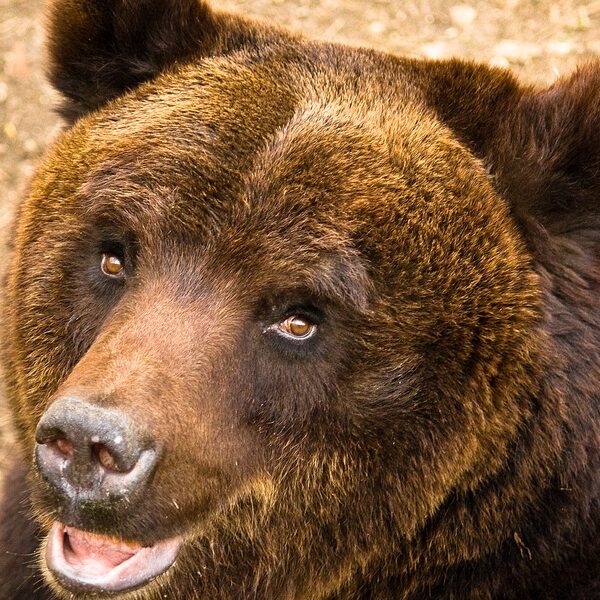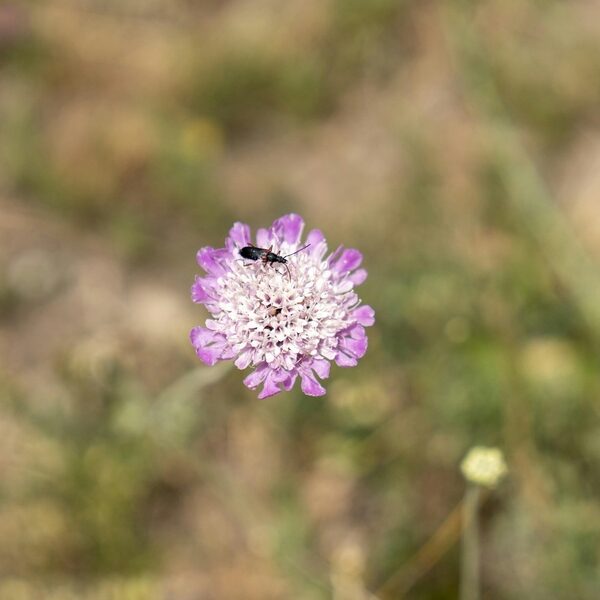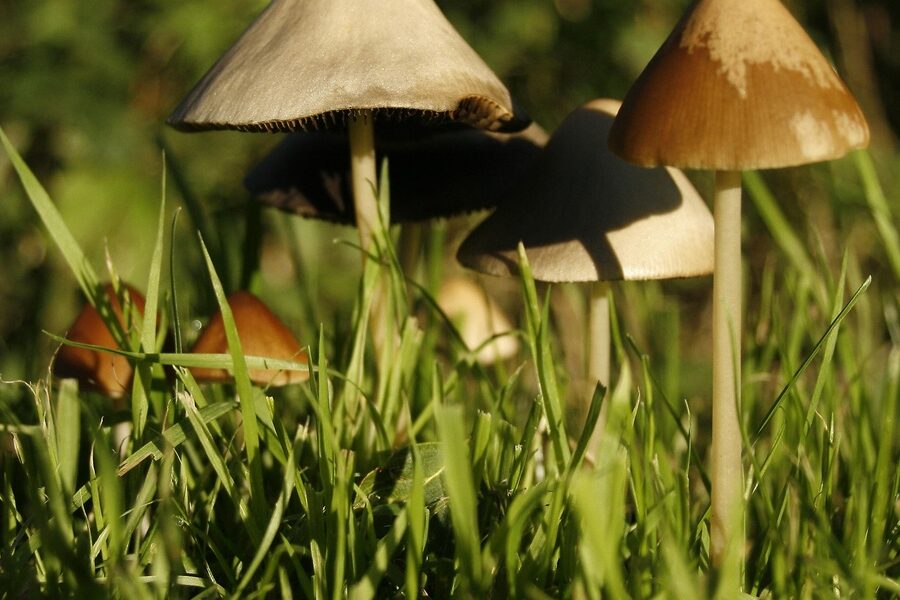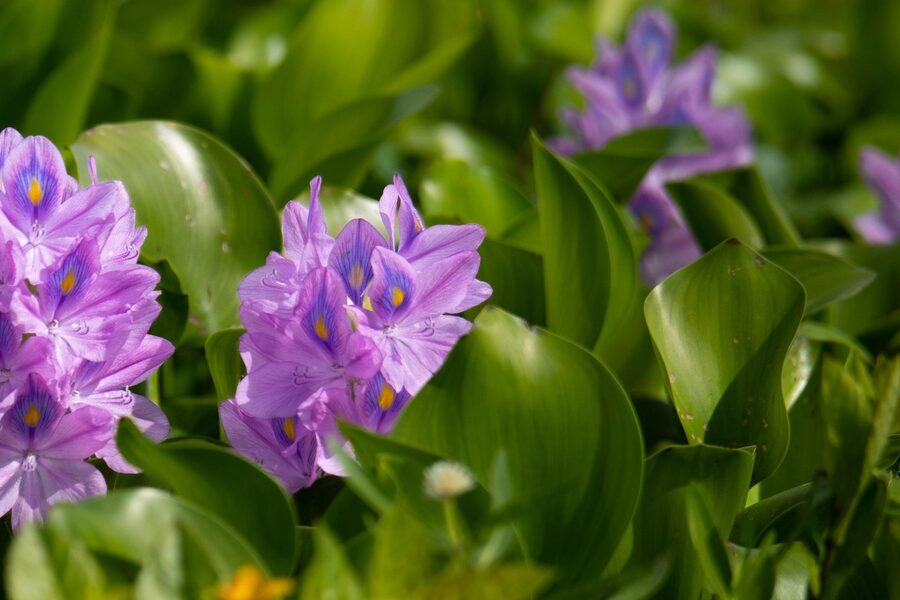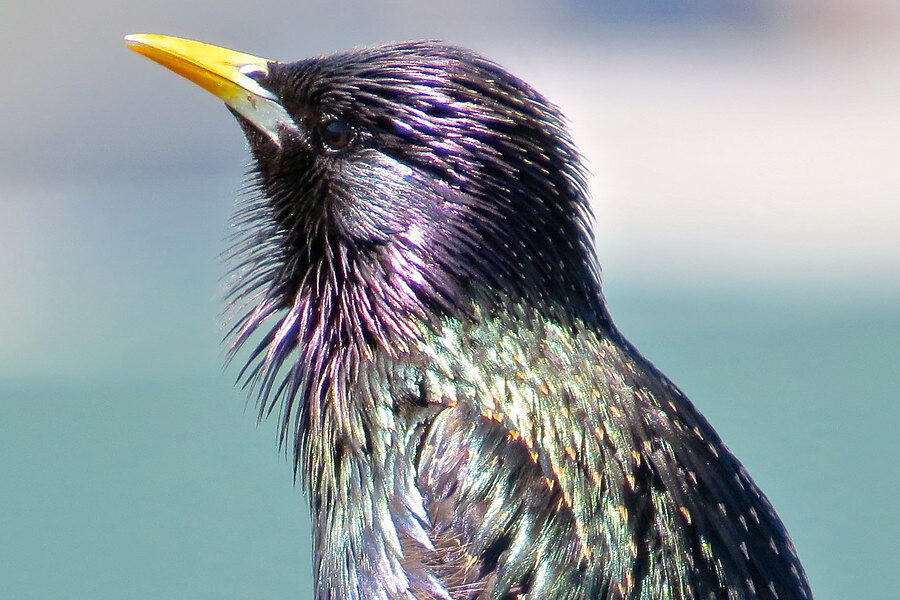Oakland’s mix of shoreline, creeks, parks and backyard gardens creates many small but important habitats — and many opportunities for nonnative plants and animals to arrive and spread. From wetland edges to urban greenways, those species can change how native wildlife and vegetation thrive here.
There are 36 Invasive Species in Oakland, ranging from American bullfrog to Yellow star‑thistle. For each species you’ll find below entries organized by Scientific name,Impact (severity),Oakland locations & habitat so you can see where each occurs and how serious the impact is; you’ll find below.
How can I report or help control invasive species in Oakland?
Report sightings to platforms like iNaturalist or local agencies (City of Oakland Parks/Public Works, California Department of Fish and Wildlife, Cal-IPC) and look for volunteer removal events with local watershed groups. Prevent spread by cleaning boots and gear, avoiding release of pets or plants, and following guidance from local stewards.
Which species here are most harmful to habitats or pets?
Severity varies: predators like the American bullfrog can decimate native amphibians, while plants like Yellow star‑thistle crowd out grasses and reduce forage for wildlife and livestock. Check the Impact (severity) column for each entry and contact local experts before attempting removals.
Invasive Species in Oakland
| Common name | Scientific name | Impact (severity) | Oakland locations & habitat |
|---|---|---|---|
| English ivy | Hedera helix | High: smothers trees and understory, increases erosion | Oakland hills, parks, riparian areas |
| Himalayan blackberry | Rubus armeniacus | High: forms dense thickets, displaces natives | Riparian corridors, parks, vacant lots (Dimond, Joaquin Miller) |
| French broom | Genista monspessulana | High: invades grasslands, increases fire risk | Oakland hills, grasslands, disturbed slopes |
| Scotch broom | Cytisus scoparius | High: dense stands in hills and roadsides, fire hazard | East Bay hills, trail edges |
| Gorse | Ulex europaeus | High: spiny thickets, severe fire and habitat impacts | Oakland hills, coastal/shoreline slopes |
| Pampas grass | Cortaderia selloana | Med: outcompetes native plants, large seed dispersal | Shoreline parks, vacant lots, hill edges |
| Jubata grass | Cortaderia jubata | Med: aggressive seeding, displaces natives | Oakland hills, disturbed slopes |
| Ice plant | Carpobrotus edulis | High: replaces native coastal plants, alters dune habitat | East Bay shoreline, Lake Merritt edge |
| Tree‑of‑heaven | Ailanthus altissima | Med: fast‑spreading stump sprouts, displaces natives | Urban plots, sidewalks, Oakland hills |
| Blue gum eucalyptus | Eucalyptus globulus | Med: alters fire behavior, displaces native understory | Parks, ridgelines, cemetery groves |
| Silver wattle (Acacia) | Acacia dealbata | Med: invades oak woodlands and slopes | Oakland hills, park edges |
| Yellow star‑thistle | Centaurea solstitialis | High: displaces natives, toxic to grazing | Grasslands, roadside verges, hills |
| Giant reed | Arundo donax | High: dense riverbank stands, worsens erosion | Creek corridors, marsh edges (San Leandro Creek area) |
| Perennial pepperweed | Lepidium latifolium | Med: displaces marsh plants, alters wetlands | Estuarine marshes, shoreline (Oakland/Alameda lagoons) |
| Yellow flag iris | Iris pseudacorus | Med: spreads in wetlands, crowds natives | Marsh edges, drainage ditches, shoreline ponds |
| California pepper tree (non‑native) | Schinus molle | Low–Med: seeds feed birds, can naturalize | Street trees, parks, vacant lots |
| Norway rat | Rattus norvegicus | High: public health pest, infrastructure damage | Urban neighborhoods, sewers, waterfronts (Lake Merritt) |
| Roof rat (Black rat) | Rattus rattus | High: damages wiring, transmits disease | Attics, trees, landscaped lots, shoreline docks |
| Feral/Free‑roaming cat | Felis catus | High: predation on birds and wildlife | City neighborhoods, parks, backyard areas |
| European starling | Sturnus vulgaris | Med: competes for nests, displaces natives | Urban trees, rooftops, parks |
| House sparrow | Passer domesticus | Med: competes with native birds for nests | Urban neighborhoods, commercial areas, parks |
| Red‑eared slider | Trachemys scripta elegans | Med: competes with natives, disease vector | Ponds, Lake Merritt, park waterbodies |
| American bullfrog | Lithobates catesbeianus | High: predatory, harms native amphibians | Ponds, wetlands, urban lakes |
| European green crab | Carcinus maenas | High: preys on native shellfish, alters marshes | San Francisco Bay shoreline, mudflats near Oakland |
| Asian clam | Potamocorbula amurensis | High: alters food webs and sediment | San Francisco Bay waters adjacent to Oakland |
| Argentine ant | Linepithema humile | Med: displaces native ants, affects ecosystems | Urban yards, parks, shoreline vegetation |
| Polyphagous shot hole borer | Euwallacea fornicatus | High: spreads fungal pathogens, kills trees | Urban trees, residential neighborhoods, Oakland hills |
| Sudden oak death (pathogen) | Phytophthora ramorum | High: kills oaks and tanoaks in wildlands | Oakland hills, watershed headlands, riparian areas |
| Light brown apple moth | Epiphyas postvittana | Low–Med: agricultural and garden pest | Urban gardens, nurseries, orchards in Bay Area |
| Perennial veldtgrass | Ehrharta calycina | Med: invades grasslands and trails | Oakland hills, grassy slopes, trail sides |
| Medusahead | Taeniatherum caput-medusae | Med: dense stands reduce forage and native diversity | Grasslands, disturbed slopes in East Bay |
| Mediterranean fan palm (escaped) | Chamaerops humilis | Low–Med: naturalizes in some urban hills | Vacant lots, hill slopes, landscaped edges |
| Fennel (invasive) | Foeniculum vulgare | Med: forms stands, changes fire and plant communities | Roadsides, disturbed areas, Oakland hills |
| Salt cedar/tamarisk | Tamarix spp. | Med: alters water tables, increases salinity | Creek corridors, brackish wetlands near shoreline |
| Blackberry (Garden escaped cultivars noted collectively) | Rubus spp. (non‑native) | Med: hybrids and escaped cultivars form invasive patches | Vacant lots, riparian areas, urban edges |
| Japanese knotweed | Fallopia japonica | Med: rhizomatous, damages infrastructure | Riparian banks, disturbed sites in East Bay |
Images and Descriptions
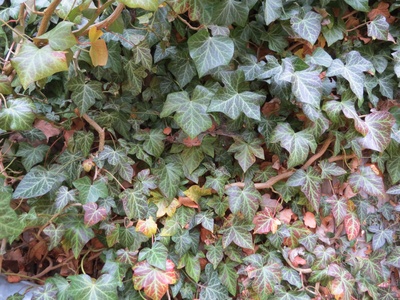
English ivy
Non‑native from Europe that carpets slopes and climbs trees, killing native plants. Control by cutting vines at base and hand‑pulling roots; herbicide for large patches. See Cal‑IPC for methods: https://www.cal-ipc.org/plants/profile/hedera-helix/
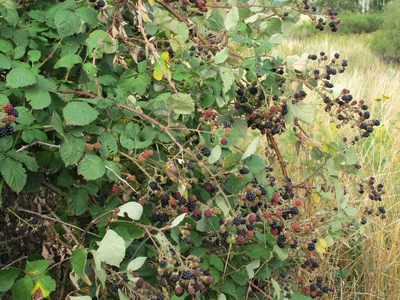
Himalayan blackberry
Eurasian shrub that sprawls into open spaces and trails. Pull young canes, cut and immediately dig out crowns; use repeated mowing or targeted herbicide on stumps. Local guide: https://www.ebparks.org/parks/management/invasive-species
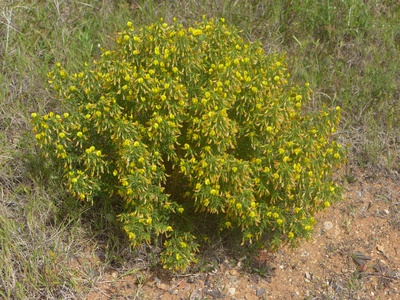
French broom
Mediterranean shrub that fixes nitrogen and crowds out natives. Hand‑pull seedlings before seed set, dig roots for larger plants; dispose of seedpods carefully. Cal‑IPC species page: https://www.cal-ipc.org/plants/profile/genista-monspessulana/
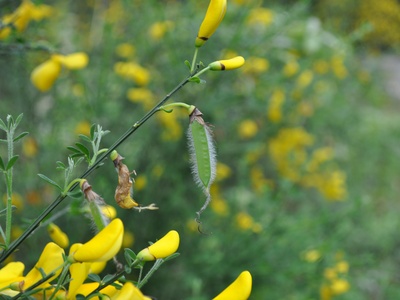
Scotch broom
European shrub that invades dry slopes and grasslands. Pull small plants by root, cut larger shrubs and follow up with herbicide if needed. Management tips: https://www.cal-ipc.org/plants/profile/cytisus-scoparius/
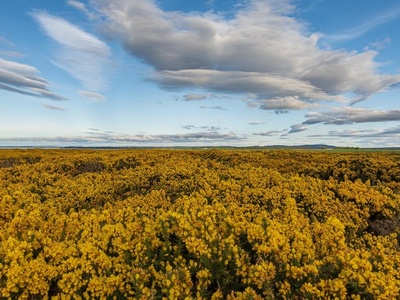
Gorse
Spiny shrub from Europe forming impenetrable stands that alter fire regimes. Remove with brush cutters, dig roots or use targeted herbicide; wear protective gear. Cal‑IPC info: https://www.cal-ipc.org/plants/profile/ulex-europaeus/
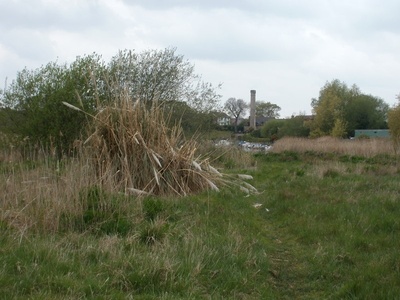
Pampas grass
South American grass with feathery plumes that spread by seed. Cut flower heads before seed set and dig out root clumps; dispose offsite to stop spread. Cal‑IPC page: https://www.cal-ipc.org/plants/profile/cortaderia-selloana/
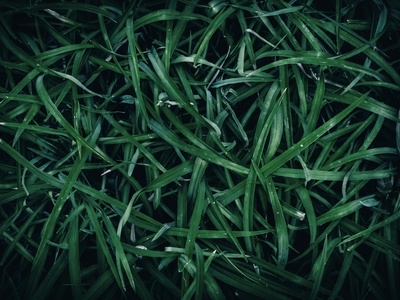
Jubata grass
Invasive South American pampas relative spreading via fluffy seeds. Remove flower plumes and pull plants; herbicide applications help with large infestations. More: https://www.cal-ipc.org/plants/profile/cortaderia-jubata/
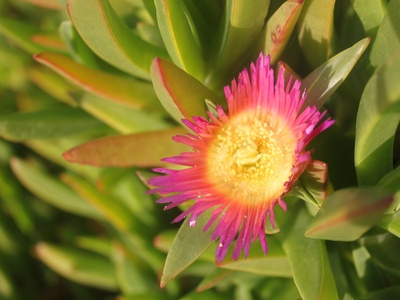
Ice plant
South African succulent that mats over dunes and shorelines, reducing biodiversity. Hand‑dig small patches, remove entire mats and avoid composting; restore with natives. Cal‑IPC species info: https://www.cal-ipc.org/plants/profile/carpobrotus-edulis/
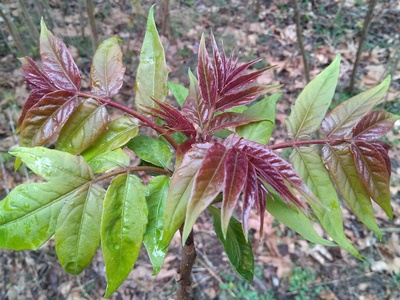
Tree‑of‑heaven
Chinese tree that sprouts prolifically and invades vacant lots and riparian zones. Cut and apply herbicide to stumps or dig out roots; persistent resprouts require follow‑up. Info: https://www.cal-ipc.org/plants/profile/ailanthus-altissima/
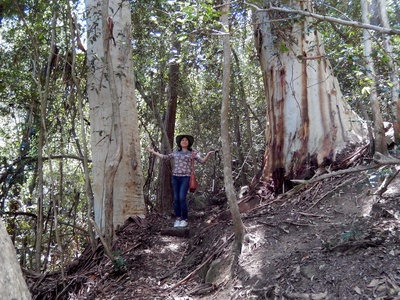
Blue gum eucalyptus
Australian trees widely planted in Oakland; they produce leaf litter and can be fire‑prone. Manage by selective removal, replanting with natives, and removing young saplings. EBRPD guidance: https://www.ebparks.org/parks/management/forest-health
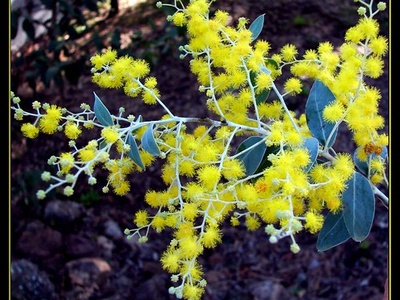
Silver wattle (Acacia)
Australian tree/scrub that naturalizes and shades out natives. Pull seedlings, cut and treat stumps; prevent seed spread by removing seedpods. Cal‑IPC listing: https://www.cal-ipc.org/plants/profile/acacia-dealbata/
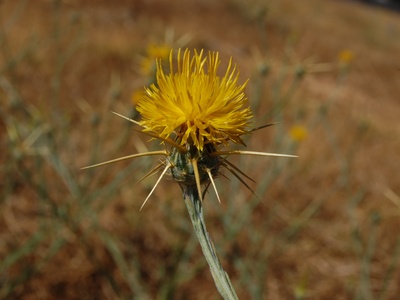
Yellow star‑thistle
Mediterranean annual that forms spiny monocultures in grasslands. Mow before flowering, pull small infestations, or use timed herbicide treatments in large areas. Cal‑IPC: https://www.cal-ipc.org/plants/profile/centaurea-solstitialis/
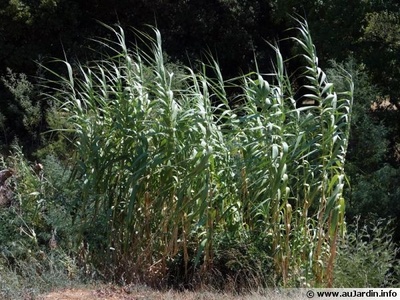
Giant reed
Old World reed that chokes waterways and alters hydrology. Remove canes, dig rhizomes, and treat regrowth with herbicide; coordinate with watershed managers. Info: https://www.cal-ipc.org/plants/profile/arundo-donax/
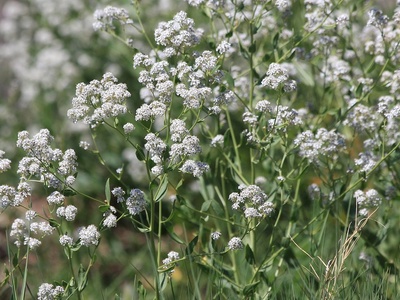
Perennial pepperweed
Eurasian mustard family member invading saline marshes. Hand‑pull small patches, cut and treat roots; restoration needs repeated effort and marsh monitoring. California estuary notes: https://www.sfestuary.org/wp-content/uploads/2016/04/Pepperweed-Fact-Sheet.pdf
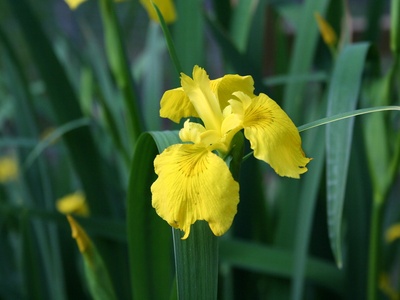
Yellow flag iris
European iris that forms dense clumps in wet areas. Dig up rhizomes, remove all plant material, and avoid replanting in sensitive wetlands. Cal‑IPC info: https://www.cal-ipc.org/plants/profile/iris-pseudacorus/
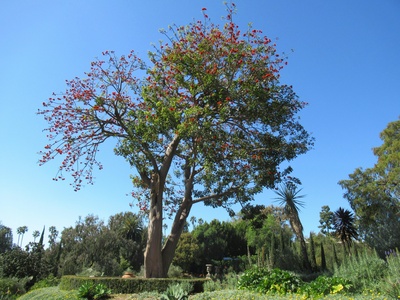
California pepper tree (non‑native)
South American tree commonly planted in Oakland that can naturalize and spread near disturbed sites. Remove seedlings and saplings, prune fruiting branches, and limit new plantings. Local tree info: https://www.calscape.org/Schinus-molle-(Peruvian-pepper-tree)
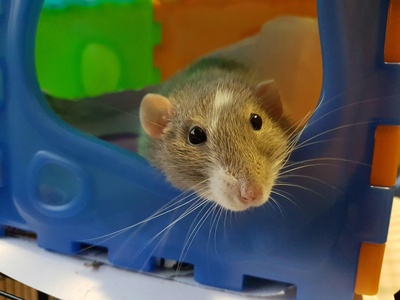
Norway rat
European rodent thriving in cities, spreads disease and damages property. Reduce food/water, secure trash, seal entry points and contact pest control for infestations. Oakland guidance: https://www.oaklandca.gov/topics/rodent-control
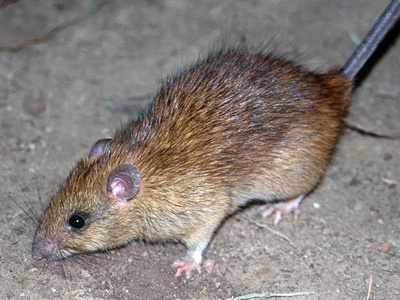
Roof rat (Black rat)
Old World rodent common in buildings and trees. Sanitation, exclusion, and baiting by professionals reduce populations; remove harborages like dense ivy. Vector control guidance: https://sfvector.org/rodent-control

Feral/Free‑roaming cat
Domestic cats that hunt native wildlife; contribute to native bird declines. Keep cats indoors, use TNR for community animals, and report injured wildlife. Conservation guidance: https://abcbirds.org/program/cats-indoors/
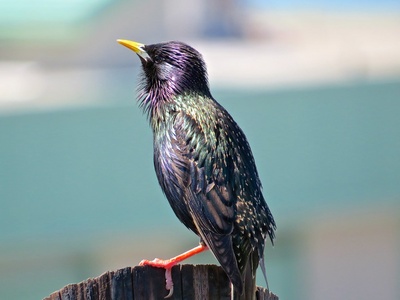
European starling
Introduced European bird that outcompetes cavity nesters and forms large flocks. Reduce food sources, nest exclusion on buildings, and report large roosts to local wildlife agencies. Species info: https://www.allaboutbirds.org/guide/European_Starling
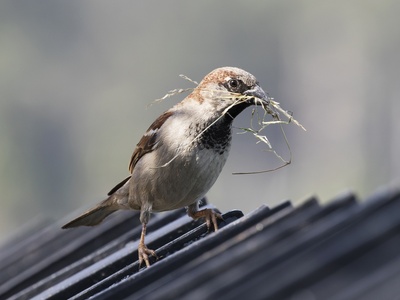
House sparrow
Old World passerine that nests in buildings and displaces native songbirds. Block nest access, remove food attractants, and use exclusion on nest sites. Info: https://www.allaboutbirds.org/guide/House_Sparrow
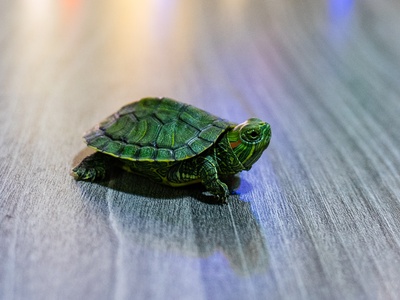
Red‑eared slider
Pet turtle from the southeastern U.S. released into Oakland waters; outcompetes natives. Capture and rehome via wildlife agencies; never release pets. CDFW guidance: https://www.wildlife.ca.gov/Conservation/Invasives/Animals/Red-eared-Slider
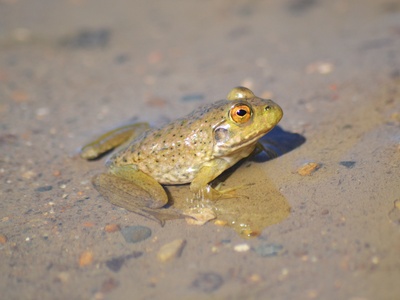
American bullfrog
Eastern North American frog introduced widely; voracious predator of native frogs and invertebrates. Remove tadpoles and adults where legal; coordinate with local fish and wildlife authorities. CDFW advice: https://www.wildlife.ca.gov/Conservation/Invasives/Animals/American-Bullfrog
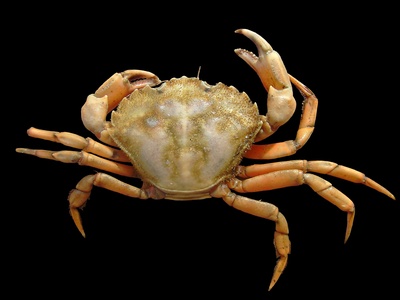
European green crab
Atlantic/European shore crab established in CA bays, impacting shellfish beds and marshes. Report sightings to regional programs and avoid transporting bait; CDFW monitoring page: https://wildlife.ca.gov/Conservation/Invasives/Species/GreenCrab
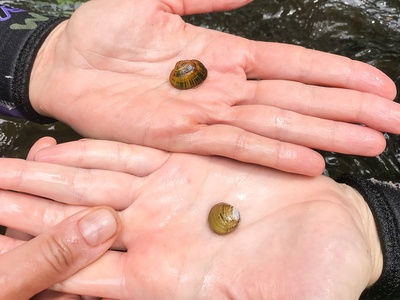
Asian clam
Small bivalve from Asia that filtered plankton, changing Bay food chains. Can’t be controlled once established; monitor impacts and avoid moving sediments. NOAA Bay studies: https://www.sfei.org/projects/asian-clam
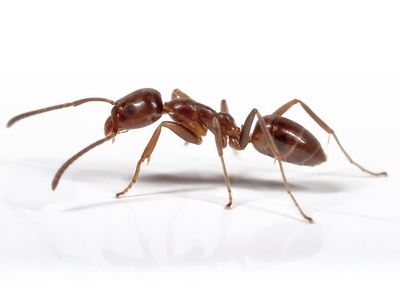
Argentine ant
South American ant thriving in disturbed urban habitats, displacing natives. Manage by reducing honeydew sources, baiting with gel baits, and sealing entry points. UC IPM guidance: https://www2.ipm.ucanr.edu/PMG/PESTNOTES/pn74135.html
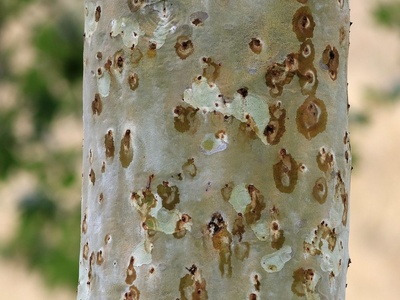
Polyphagous shot hole borer
Asian ambrosia beetle complex attacking many tree species and introducing Fusarium fungi. Report infestations, avoid moving firewood, and follow county management recommendations. CDFA/UC info: https://www.cdfa.ca.gov/plant/pe/Entomology/eshb/

Sudden oak death (pathogen)
Oomycete pathogen from Asia causing oak dieback and tanoak mortality. Report sick trees, avoid moving infected material, and follow quarantine rules. UC IPM resource: https://www.suddenoaklife.org/
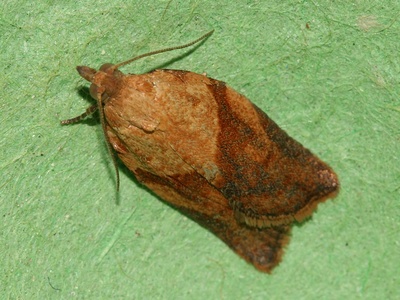
Light brown apple moth
Australian leafroller moth that feeds on many plants and affects horticulture. Monitor with traps, remove infested material, and consult nurseries for IPM options. CDFA/UC guidance: https://www.cdfa.ca.gov/plant/ppd/bio_survey/lbam.html
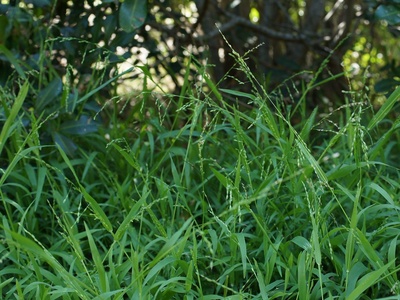
Perennial veldtgrass
South African perennial grass that spreads in coastal and inland hills. Hand‑pull small plants or spot‑treat with herbicide; restore with natives to reduce reinvasion. Cal‑IPC listing: https://www.cal-ipc.org/plants/profile/ehrharta-calycina/
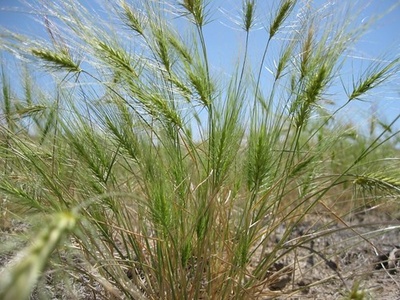
Medusahead
Eurasian annual grass forming dense thatch that outcompetes natives. Manage with grazing, mowing before seed set, or herbicide timing for best control. Cal‑IPC species page: https://www.cal-ipc.org/plants/profile/taeniatherum-caput-medusae/
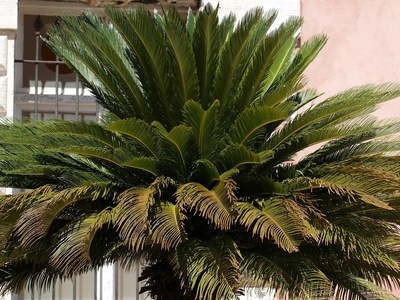
Mediterranean fan palm (escaped)
North African/Mediterranean palm sometimes escapes cultivation and crowds natives. Pull seedlings, remove seedheads, and avoid planting near wildlands. Local plant notes: https://www.calflora.org/
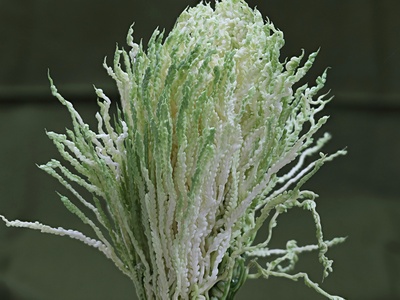
Fennel (invasive)
Mediterranean herb naturalized across California; forms dense stands that outcompete natives. Pull before seeding, dig roots, and remove seedheads; persistent seed bank requires follow‑up. Cal‑IPC info: https://www.cal-ipc.org/plants/profile/foeniculum-vulgare/
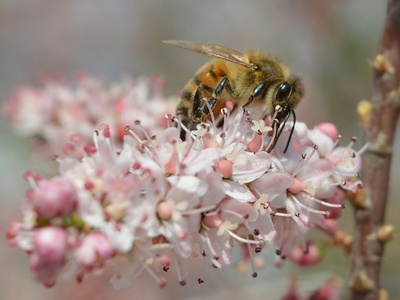
Salt cedar/tamarisk
Eurasian shrub/tree invading riparian zones and changing soil salinity. Cut and treat stumps, remove seedlings, and coordinate with watershed managers for revegetation. Cal‑IPC: https://www.cal-ipc.org/plants/profile/tamarix-ramosissima/
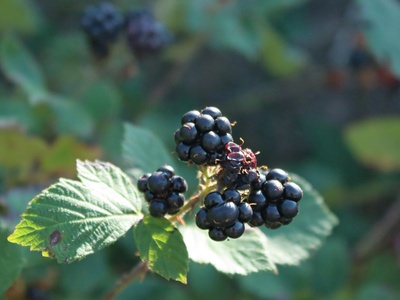
Blackberry (Garden escaped cultivars noted collectively)
Various non‑native Rubus species and cultivars naturalized around Oakland, forming thorny thickets. Pull and dig root crowns, use repeated cutting and removal to deplete roots. Local management tips: https://www.ebparks.org/parks/management/invasive-species
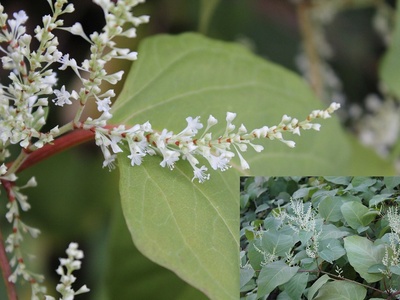
Japanese knotweed
East Asian perennial that spreads via rhizomes, undermining banks and structures. Excavate rhizomes or apply approved stump herbicide; remove plant material responsibly. Cal‑IPC species page: https://www.cal-ipc.org/plants/profile/polyonum-japonica/
